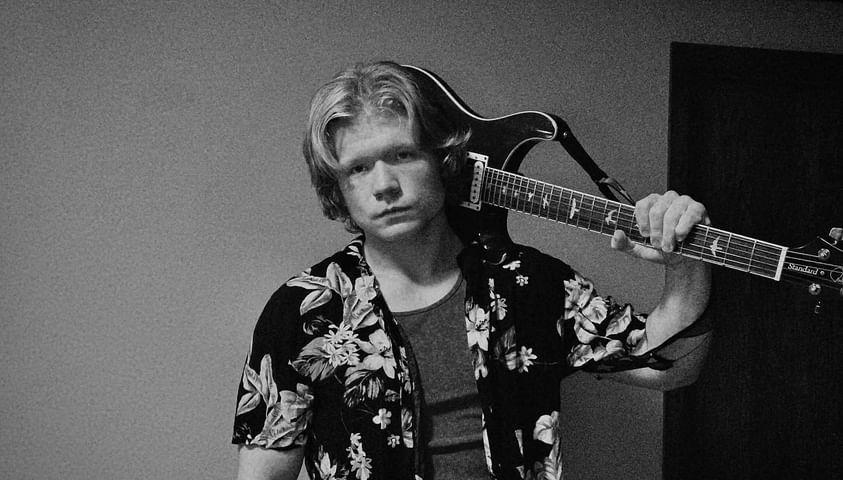How Ruth Bader Ginsburg Sparked a Movement
The Senate’s vote in 1993 to nominate Ruth Bader Ginsburg to the Supreme Court bench was an exceedingly high 93-3, and my reviews for this movie are on par with that figure. On the Basis of Sex has earned recognition by newspapers such as The New York Times and The Washington Post, with the latter stating that it was not necessarily a sequel to RBG (released earlier in 2018), but it is a great movie for Ginsburg enthusiasts nonetheless.
This movie paints a brisk picture of the early life of Supreme Court Justice Ruth Bader Ginsburg. The movie detailed how the young Harvard woman used her tenacity and wit to bring about a movement for gender equality during a time when a large portion of society was afraid of the change it would bring.
One of the first scenes shows Ginsburg in 1953 at a special dinner prepared for first year Harvard Law women. During which the university’s Dean asks each woman why she thinks she has the right to be there instead of a man who may have been admitted instead. This was the starting point of
the gender-centric problems Ginsburg had to face, and they never stopped coming until the closing credits.
Although, Ginsburg was first in her class of over 500 people, she never stopped overcoming the sex-based obstacles thrown her way. The core of the movie is focused on her first sex-
discrimination based case that Ginsburg took to court in the 1970’s. The case elegantly brought to light the problems that sex-based discrimination brings for not only women, but men as well. The movie brought up the strategies she used and why this case mattered in, essentially, picking up momentum for a gender revolution.
I rate this 4 Spurs out of 5 Spurs.


































